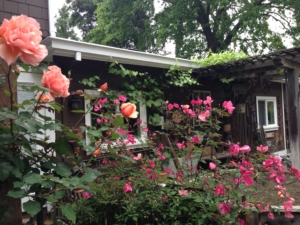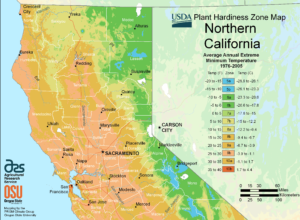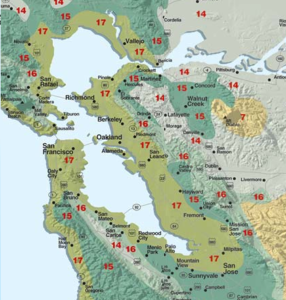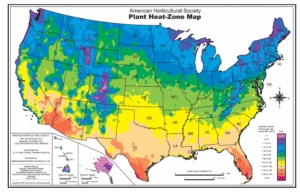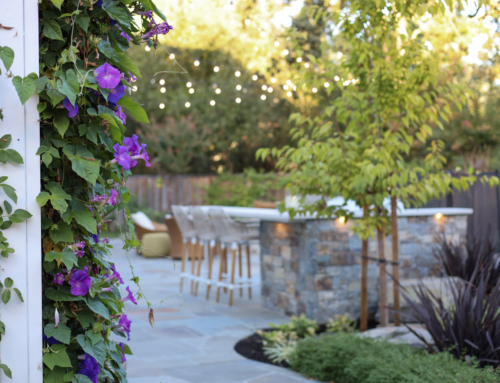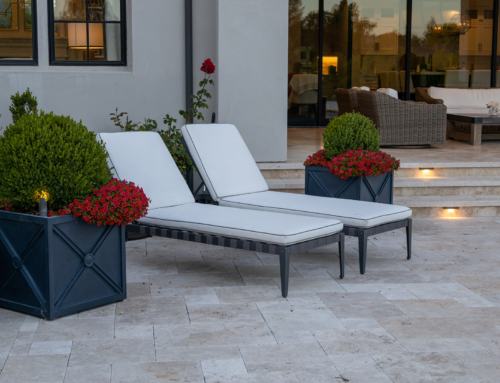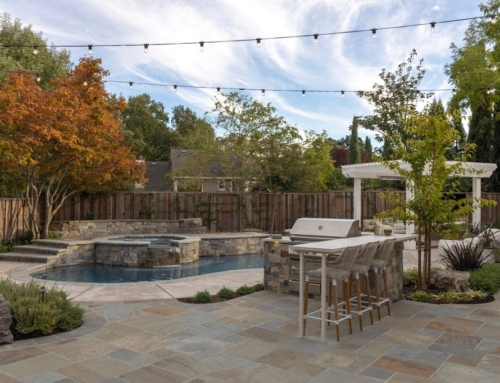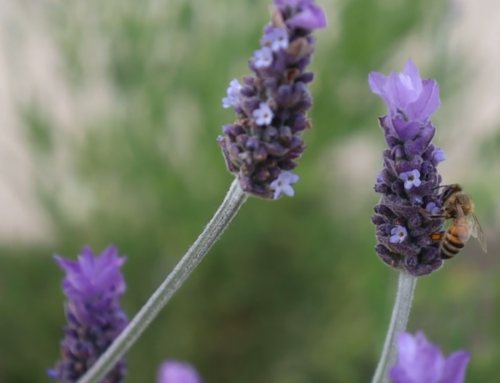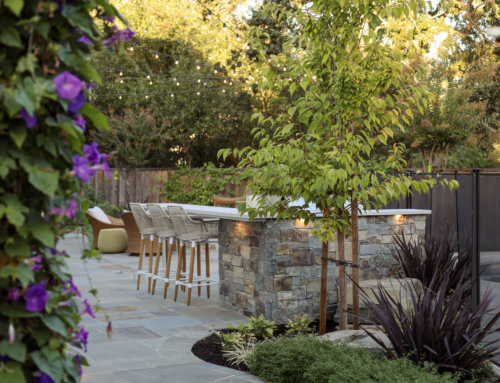CLIMATE ZONES 101
If you buy plants in nurseries or research garden ideas online, you have probably noticed that plants sometimes have “zone” numbers listed. While there may be some folks well-versed in planting by zone, others of us want to know exactly what those darn numbers mean! Planting zones allow us to select the right plants for our gardens, so they are incredibly useful if we just know how to decipher them. Here’s a quick breakdown of the ambiguous acronyms and mysterious math that enable planting prowess.
USDA Zones
The national USDA (US Department of Agriculture) system is best-known nationwide and sets a standard often used by nurseries on a large scale. As the name suggests, it was developed originally to assist agricultural growers with farming for their climates. The USDA map covers the United States from coast to coast, tracking the lowest temperatures experienced in each area. Many plants that come from retail nurseries will be marked with USDA zone numbers, like this:

Looking at the Northern California map above, you can see the variation within different parts of the Bay Area. Here in Alamo and Lafayette, our USDA zone is 9b. Since it is within our zone, this plant thrives in our area.
Sunset Zones
While the USDA system is highly useful in some ways, it is less specific than the Sunset system which was developed by Sunset Western Gardens for the varied climates of the West. If you are buying from a local nursery or searching a website that caters towards Western gardens, you are likely to find the Sunset zones used instead of the USDA. Locally, we are in Sunset zone 14. As the Sunset system is designed with California in mind, it is highly specific in distinguishing microclimates based on humidity, elevation, and fog patterns.
The Sunset Website* has a highly informational breakdown of the characteristics that distinguish each zone. To make things more specific, they also specify weather patterns, seasonal fog and humidity, and even wind patterns for different locations within each zone. Talk about dedication! The only disadvantage of the Sunset system is that it covers the Western states only, so is rarely mentioned by nurseries in other parts of the US.
*https://www.sunset.com/garden/climate-zones/sunset-climate-zone-northern-california
AHS Heat-Zones
New to the playing field is the American Horticultural Society’s Heat Zone system, the complete opposite of the other two systems which track frosts. While it is unlikely to appear on a plant tag until it becomes more standardized, this map nonetheless offers helpful information for gardeners by tracking the number of days per year that exceed 86 degrees F. This information is helpful when working with plants that either require or despise long periods of heat exposure. Many conifers, for example, are inclined towards cooler zones, whereas certain crops require long summers to be successful. We are still learning how to work with the Heat-Zone map, but the fact that new systems are continually being developed is pretty cool!
Getting In The Zone
So when it comes down to it, how do planting zones affect us? If you live in the Bay Area, you know that the Sunset district in San Francisco can differ by a good 25 degrees from the temperature at the foot of Mount Diablo. In fact, the Bay Area is one of the most diverse small areas in the US, with 4 distinct planting zones recognized by both Sunset and USDA. In your home garden, knowing your zone can help you determine what will do best where you live. For example, fruit trees requiring chill hours (peaches and pears, among others) will do well in our zone 14/9b. Plant the same trees in Jack London Square in Oakland, and they are unlikely to get any fruit at all! Most plants can survive a zone or two above or below their range, but may not be as successful. Peonies and lilacs also require colder winters (indicated by lower zones) for successful bloom. Tea roses do great inland, while they often develop mildew or pest problems near the coast. At the same time, we’ve been surprised to see a lovely tropical Bougainvillea growing in a zone where it should be impossible! So get in your zone, but be open to plants surprising you, as they so often do. Happy gardening!
Montgomery Robbins specializes in designed landscapes that inspire and sustain. We would love to hear from you!

